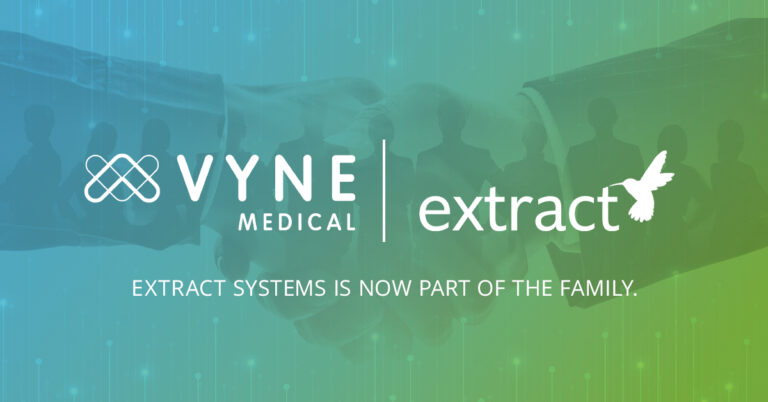
A New Era of Algorithmic Transparency
The healthcare industry is on the brink of a significant transformation with the release of the Health Data, Technology, and Interoperability (HTI-1) Final Rule by the Office of the National Coordinator for Health IT (ONC). This new regulation mandates unprecedented transparency requirements for artificial intelligence (AI) and predictive algorithms used in certified health IT systems. With ONC-certified health IT systems integral to the operations of over 96% of hospitals and 78% of office-based physicians, the impact of this rule is poised to be far-reaching.
Key Interoperability Milestones:
-
2024: CMS publishes the Interoperability and Prior Authorization final rule.
-
2023: ONC releases the HTI-1 Final Rule and designates the first Qualified Health Information Networks (QHINs) in the Trusted Exchange Framework and Common Agreement (TEFCA) network.
-
2022: The ONC Cures Act final rule policies become effective, and the ONC releases an RFI on electronic prior authorization in ONC certification.
-
2021: CMS’s Patient Access final rule policies become effective, emphasizing patient-centered data exchange.
-
2020: The 21st Century Cures Act final rule is published by ONC, setting the stage for enhanced patient access and interoperability.
Understanding the Challenges and Opportunities
Electronic Medical Record (EMR) vendors now face the dual challenge of navigating these new regulations and managing the complexities inherent in advanced AI tools, such as Large Language Models (LLMs). LLMs, known for their ability to analyze vast datasets and generate insights, hold the promise of revolutionizing healthcare decision-making. However, their “black box” nature—where the inner workings of the model are not easily understood—raises significant challenges for compliance with the HTI-1 transparency requirements.
Demystifying the FAVES Criteria
Central to the HTI-1 Final Rule is the introduction of the FAVES criteria, a framework designed to ensure AI and predictive algorithms meet standards of fairness, appropriateness, validity, effectiveness, and safety. For EMR vendors, adhering to these criteria involves providing a consistent, baseline set of information about the algorithms used. Let’s break them down:
-
Fairness: Algorithms must be free from bias, ensuring equitable treatment across diverse patient populations.
-
Appropriateness: The use of algorithms must respect patient privacy and be suitable for their intended clinical applications.
-
Validity: Algorithms should be based on sound scientific principles, validated through rigorous testing and evaluation.
-
Effectiveness: There should be demonstrable real-world improvements in patient outcomes and clinical decision-making.
-
Safety: Algorithms must be safe to use, with robust monitoring and risk mitigation measures in place.
Evidence-Based vs. Predictive Decision Support
The HTI-1 Final Rule makes a critical distinction between evidence-based decision support tools and predictive decision support systems. While evidence-based tools, such as diagnostic prompts and lab alerts, are well-established and not the primary focus of the new regulations, predictive systems relying on LLMs and AI algorithms are subject to stringent transparency requirements due to their potential risks if not properly validated and monitored.
Preparing for ONC Certification
To comply with the HTI-1 Final Rule, EMR companies must stay ahead of the curve. This involves closely monitoring the development of the ONC certification criteria, anticipated by year-end. Vendors should proactively evaluate their use of LLMs and predictive algorithms, ensuring they can provide detailed information about training data, potential biases, and decision-making processes. Non-compliance could result in losing certification and, consequently, market share.
The Role of Collaboration and Transparency
Successful navigation of this new regulatory landscape will require collaboration among EMR vendors, healthcare providers, and regulatory bodies. By working together to establish best practices and share knowledge, the industry can ensure the responsible and effective use of AI in healthcare. Providers play a crucial role in this ecosystem by offering feedback on the accuracy and utility of predictive tools, facilitating ongoing refinement and improvement.
Federal Interoperability Initiatives
Complementing the HTI-1 Final Rule are various federal initiatives aimed at enhancing interoperability and data exchange within the healthcare system. The Centers for Medicare & Medicaid Services (CMS), alongside its federal partners, is working to improve the timely and accurate exchange of data, promote the adoption of Fast Healthcare Interoperability Resources® (FHIR), and advance digital capabilities across the healthcare ecosystem.
The HTI-1 Final Rule marks a significant milestone in the journey toward greater algorithmic transparency in healthcare. For EMR vendors, the path to compliance is complex but navigable with a proactive approach and a commitment to collaboration. By embracing these new regulations, vendors can help ensure the benefits of AI and predictive algorithms are realized safely and effectively, fostering a healthcare environment that prioritizes patient outcomes and trust.
As the industry adapts to these changes, vendors that lead in transparency, innovation, and patient-centered care will not only comply with the HTI-1 Final Rule but also thrive in the evolving healthcare landscape. Together, we can harness the power of AI to transform healthcare, ensuring it is equitable, effective, and safe for all.
Sources:
https://medcitynews.com/2024/04/navigating-healthcares-new-era-of-algorithmic-transparency/



